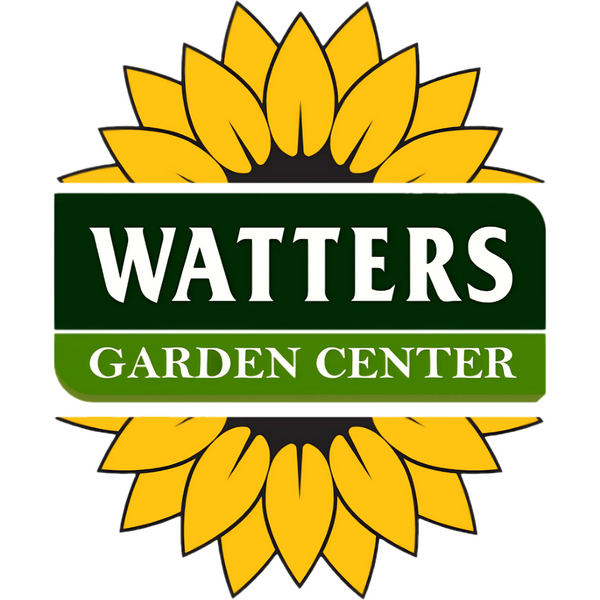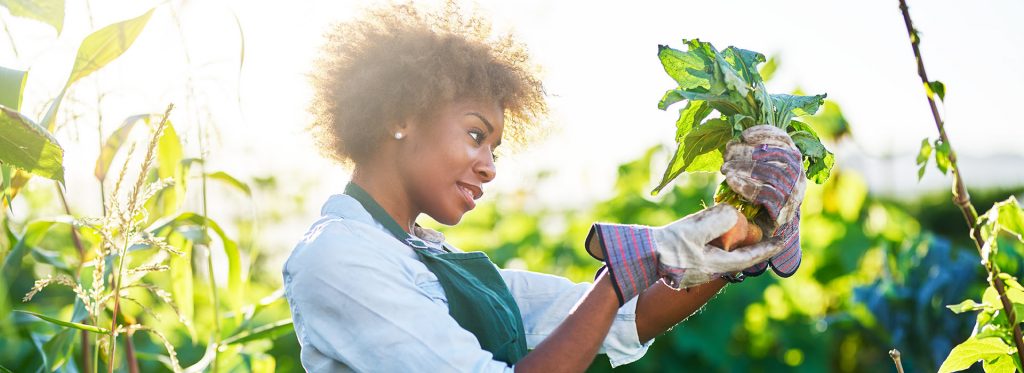FAQ
Q: I was given a compost tumbler but I know very little about composting. How can I get started?
A: It’s pretty simple—eventually, everything will turn into compost. To speed the process you need 4 ingredients: carbon (leaves and woody pruning from the landscape), nitrogen (grass clippings, kitchen fruit and vegetable scraps), water and oxygen. Start by mixing the carbon and nitrogen products in equal amounts. After placing your materials in the tumbler, add a shovelful of soil, which contains beneficial micro-organisms. Turn the barrel every other day to mix the materials and add fresh material as you collect it so it will develop into compost as early as 4–6 weeks. I’m a beginner.
Q: Can you plant a perennial in a pot and will it come up each year?
A: The problem with planting in containers is that the roots of your perennials can freeze solid during the winter months unless you protect them by burying the pot in the ground or wrapping bubble wrap or a garden insulation blanket around the outside of the pot to keep the roots from freezing. If you can’t do this, you might want to just plant annuals with the expectation that you’ll have to replant every spring
Q: Can I use outdoor soil for indoor plants?
A: Place indoor plants in potting soil, not garden soil, which can be heavy and cause poor drainage in a small container. Check the package before buying soil to ensure that the product can be used in containers. If it says it’s safe for houseplants, go ahead and use it indoors. Potting soils from Watters, available in-store, are great for container plants.
Q: Do I have to repot houseplants after I take them home or can I leave them in the nursery container?
A: Houseplants should be transplanted when they’re pot bound. How long that will take depends on the plant and the size of its pot. Wait until the roots begin to escape through the drainage holes, then place in a pot 1 size larger. You’ll find planters here at Watters Garden Center in a variety of colors, styles and sizes. My kalanchoe plant was flowering when I bought it but now, 2 years later, the flowers won’t come back.
Q: I recently transplanted it to a bigger pot but it hasn’t helped. I keep it by a window with lots of light but no direct sun. What can I do?
A: Set it in a very sunny window and water it moderately. To force it to bloom indoors during winter, you need to manipulate the amount of light it receives. In the fall, place it where it will receive total darkness for about 15 hours every night. (Cover it with a box, put it in a closet or leave it in a room without artificial light so it experiences the decreasing daylight hours.) Do this every night for 6–8 weeks. This will encourage it to set buds and bloom. When growth slows after blooming, cut back on water. When growth resumes in spring, increase watering again and fertilize lightly with a water-soluble fertilizer from Watters All Purpose Plant Food available in-store. In summer, place your kalanchoe plant outdoors as soon as temperatures rise above the high 50s.
Q: My backyard only get the afternoon sun (Light Shade) Though things will grow, they grow slowly and will not produce fruit or flowers or flower. What plants would you recommend for this area?
A: Here are some fairly tolerant plants to try in your part sun/part shade garden: shorter varieties of daylily (hemerocallis), perennial geranium, purple coneflower, heuchera (coral bells), variegated liriope, bleeding heart, various types of sedum and the annual, fibrous rooted bedding begonias.
Q: Do you sell a blueberry bush that will do well in Chino Valley ? I know the PH is all wrong, how often will we need to add amendment to change the PH?
A: Yes we do sell blueberry bushes that will grow well in Chino Valley . The best way to grow blueberries is in a pot with potting soil. If you are going to grow them in the ground you will need to add soil sulfur to correct the ph level. Be sure to use my Watters All Purpose Plant Food 4 times a year on your Blueberry Bush to help maintain the ph level in the soil. Stop into the garden center and we would be happy to help you get everything you need to be sure your blueberry bush is a huge success.
Q: We have a greenhouse made from recycled dual pane windows and doors. I have been using Neem oil weekly but still have insects eating the peppers and strawberries. In addition I have mildew growing on the wood ceiling and walls. Any suggestions?
A: What you need to do is switch to my fruit tree spray. It is neem oil with promethium which should have a better knock down on your insects. Come on in and have any of my garden experts explain to you how to use it. Thank you for your question.
Q: I didn’t get my Autumn sage and Russian sage pruned in the fall. When can I prune them now? I’m in the Dewey area. Thank you
A: No worries, now is a great time to prune all sages before march. Be sure to fertilize your sages and all you plants and trees with my Watters All Purpose Plant Food in March. If you do your plants will thank you with amazing blooms and color in the spring!
Q: My houseplants always seem to have small flies (fruit flies?) that live in the soil. I repotted them all and the same problem persists. I have sprayed them several times also. What do you suggest?
A: It sounds like you have fungus gnats. What you need to do is use two products to get rid of them. Stop in to the garden center and pick up some of my systemic granular to kill the insects in the soil. And then you will need to use a yellow sticky trap to control the adult stage fungus gnats. Both products are sold as a kit in garden center.
Q: What is the soil ph levelly like in the general Prescott area and are coffee grounds a good adjuster?
A: The Ph level in Yavapai County runs from 8 to 9 which is high. Coffee grounds will help but not enough. If you use my Watters All Purpose Plant Food that will adjust the Ph and then add an application of soil sulfur in March to keep the Ph corrected. Thank you for your question.
Q: What time of year is best to transplant a Blue Spruce? The previous owners of my house planted this tree in a space of less than two feet between the front of the garage and the sidewalk leading to the front door and right beside the driveway. I trim the branches away from the house and part of the walkway but it has reached the height of the eaves and I am concerned about the roots under the sidewalk and the driveway. I would like to move it to my back yard. I don’t know if it is even possible to safely transplant it given the limited space in which to dig.
A: The best time to transplant your Blue Spruce is now during the winter months while it is dormant. Just be sure to do it when the soil isn t frozen. Planting in the winter will allow your tree plenty of time to root out before spring. Stop into the garden center and let us help you get some root stimulator, all purpose plant food and mulch that you will need when you transplant to give your tree the best chance possible.
Q: I live in Chino Valley . The front house faces west, back faces east, which gets sun all day long. We have gophers so plan to grow vegetable garden in wine half barrels in back of house. What vegetables grow well here in this area? When should I start to plant vegetable garden?
A: It depends on if you are going to grow your veggies by seeds or plants. If planting seeds a lot of them need to be started right now. Just go by the dates on the seed packets and be aware that the last frost date for our area is Mother s Day. Also, we will be getting the first veggies of the season at the garden center in February. Stop in and let us show you what grows well here and help you get started. Also, be sure to pick up a garden calendar handout at the garden center. This has a lot of information that will help you get your garden growing.
Q: How often do I water in the winter for roses?
A: I recommend that you give them a slow deep watering twice a month throughout the winter.

